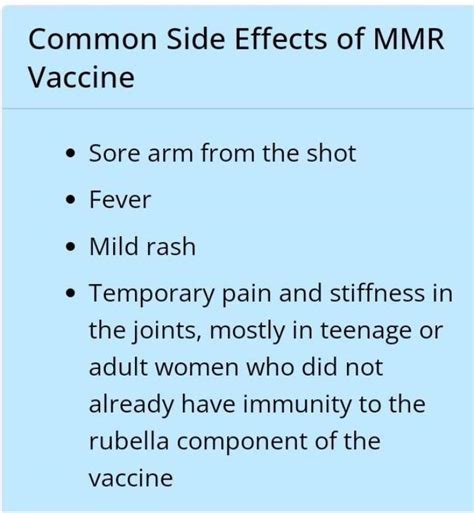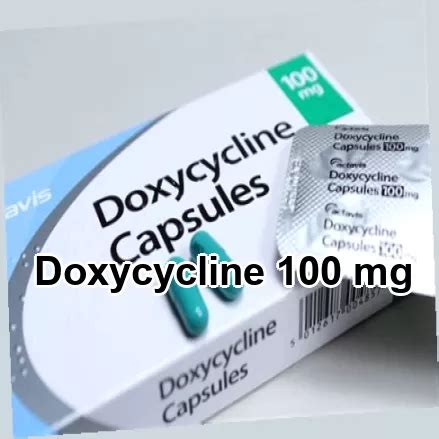Strep throat, a bacterial infection caused by Group A Streptococcus, is a common ailment that affects people of all ages, including babies. Although it’s more prevalent in children aged 5 to 15, babies can also contract strep throat, especially if they’re exposed to someone with the infection. Recognizing the symptoms of strep throat in babies is crucial for prompt treatment and preventing potential complications.
Typical Symptoms of Strep Throat in Babies
Babies with strep throat may exhibit some or all of the following symptoms:
- Fever: A high temperature, usually above 102°F (39°C), is a common symptom of strep throat in babies.
- Sore throat: Although babies can’t verbalize their discomfort, they may refuse to feed or show signs of pain when swallowing.
- White or yellow spots on the tonsils: These spots are a sign of infection and can be seen in the back of the throat.
- Swollen lymph nodes: The lymph nodes in the neck may become swollen and tender to the touch.
- Loss of appetite: Babies with strep throat may have a decreased appetite due to the pain and discomfort associated with swallowing.
- Irritability: Strep throat can cause babies to become fussy and irritable, especially when feeding or trying to sleep.
- Vomiting: Some babies may experience vomiting, especially after feeding.
- Rash: In some cases, a rash may appear on the body, especially if the infection is left untreated.
How Strep Throat Spreads
Strep throat is highly contagious and can spread through:
- Direct contact: Touching someone with strep throat or sharing utensils, toys, or other personal items.
- Indirect contact: Coming into contact with surfaces or objects that have the bacteria on them.
- Droplet transmission: Inhaling droplets that contain the bacteria, such as when an infected person coughs or sneezes.
Diagnosis and Treatment
If a baby is suspected of having strep throat, a pediatrician will perform a physical examination and take a throat swab to confirm the diagnosis. The throat swab will be sent to a laboratory for testing, and the results will determine the best course of treatment.
The most common treatment for strep throat in babies is a course of antibiotics, usually penicillin or amoxicillin. It’s essential to complete the full course of antibiotics, even if symptoms improve before finishing the medication.
Prevention and Care
While it’s not possible to completely eliminate the risk of strep throat, there are steps that can be taken to reduce the likelihood of infection:
- Practice good hygiene: Wash hands frequently, especially after coming into contact with someone who has strep throat.
- Keep the environment clean: Regularly disinfect surfaces and objects that may come into contact with the bacteria.
- Avoid close contact: Try to maintain a safe distance from anyone with strep throat.
- Breastfeeding: Breast milk contains antibodies that can help protect babies from infections, including strep throat.
By recognizing the symptoms of strep throat and taking proactive steps to prevent the spread of infection, parents can help keep their babies healthy and thriving.



